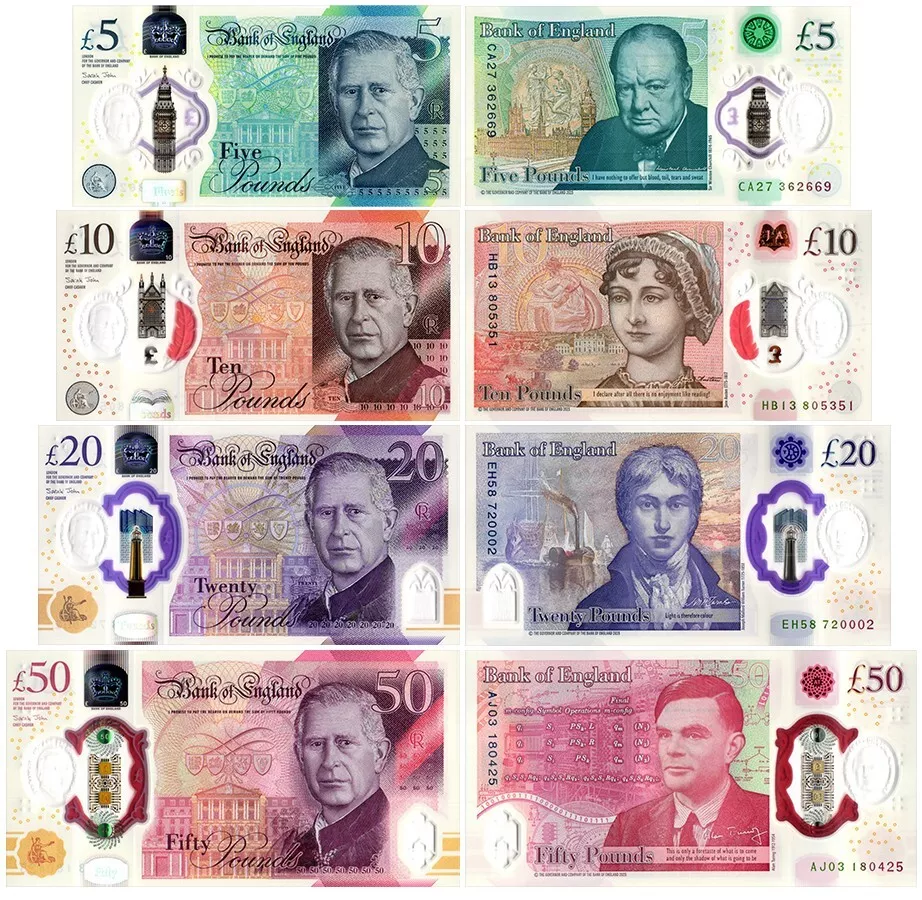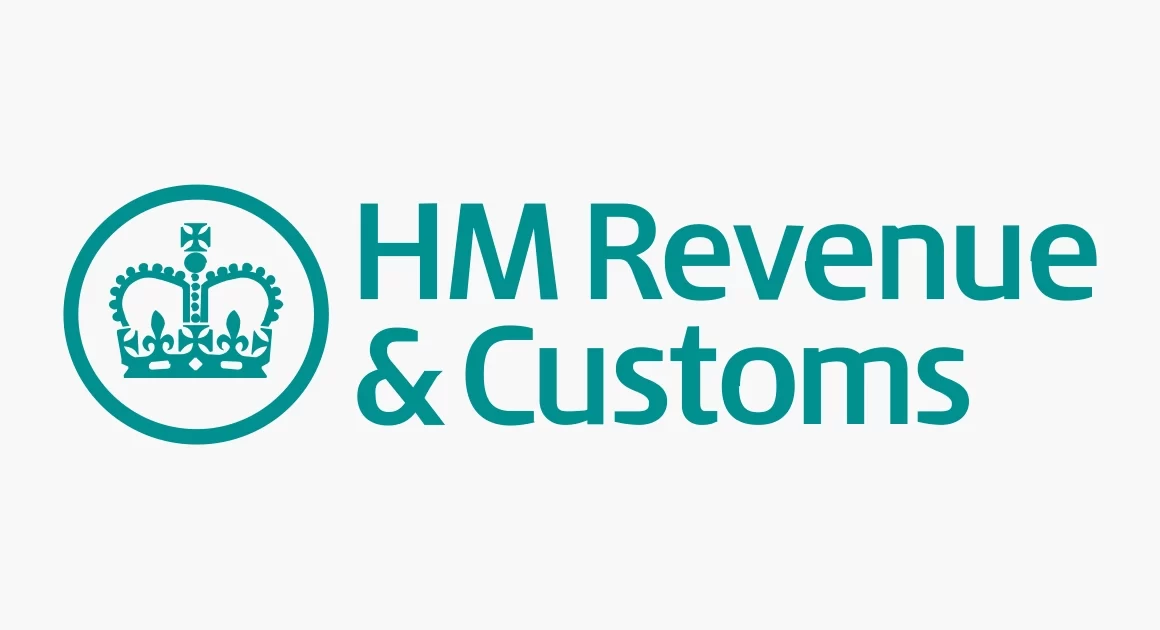As a new immigrant to the UK, one of the first things you’ll encounter is the British currency system. While cash has long been a staple of everyday transactions, the way people in the UK pay for goods and services has evolved over time. This article will provide a straightforward guide to UK currency notes and offer insight into other popular payment methods in the country.
UK Currency Notes: The Basics
The UK’s official currency is the British Pound Sterling, often simply referred to as the pound (£). Banknotes in the UK come in different denominations, including:
- £5 Note: A small, blue polymer note featuring Sir Winston Churchill.
- £10 Note: A polymer note with a portrait of author Jane Austen.
- £20 Note: Depicts artist J.M.W. Turner and is commonly used for larger purchases.
- £50 Note: The highest denomination, featuring the engineer James Watt and the inventor Matthew Boulton.
These banknotes are issued by different banks in England, Scotland, and Wales, with designs often celebrating key historical figures and national achievements. The UK also has £2, £1, 50p, 20p and 1p in coins. (P=Penny).
The Decline of Cash in the UK
While cash used to be the primary method for payments in the UK, this has changed dramatically in recent years. Today, fewer people carry cash, and the UK is increasingly becoming a cashless society. According to a report by the UK Finance, cash transactions have fallen by more than a third over the past decade, and now only a small percentage of transactions are made with physical money.
The rise of digital payments and the convenience of card payments has led to this decline. Many people prefer using contactless debit and credit cards, as they are quicker, safer, and often more convenient than handling cash.
Payment Alternatives in the UK
The decline of cash in the UK has opened the door to a variety of other payment methods that are now widely accepted:
- Contactless Payments: You can use contactless debit or credit cards to make payments quickly by tapping your card on a terminal. This has become a preferred method for smaller transactions, especially under £30.
- Mobile Payments: With the rise of smartphones, many UK residents now use mobile payment apps like Apple Pay, Google Pay, and Samsung Pay. These allow you to link your bank card to your phone and pay with a simple tap.
- Bank Transfers: Online banking is another popular alternative, allowing users to transfer money directly from one bank account to another. Services like Faster Payments have made bank transfers quicker and more efficient.
- Buy Now, Pay Later Services: Some retailers also offer services that allow you to make purchases and pay in installments, often without interest. Popular options include Klarna and Clearpay.
What Does This Mean for You?
As a newcomer to the UK, it’s important to understand that while cash is still accepted, many businesses and individuals prefer digital payments. As you settle in, you may find it easier to rely on a debit or credit card, or mobile payments for everyday purchases.
To get started, ensure you set up a UK bank account. Most UK banks provide debit cards that are widely accepted for both in-person and online payments.
Conclusion
The UK’s currency notes are an essential part of daily life, but cash usage is on the decline. With the growing popularity of digital payments, you’ll likely find that most transactions are handled via card, mobile apps, or online banking. As a new immigrant, adapting to these payment methods will make your time in the UK much more convenient and in line with current trends.






Great work! This is the type of info that should be shared across the internet. Disgrace on Google for not positioning this post higher! Come on over and visit my site . Thanks =)